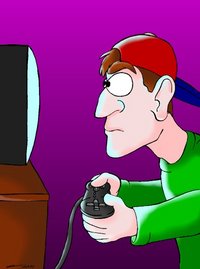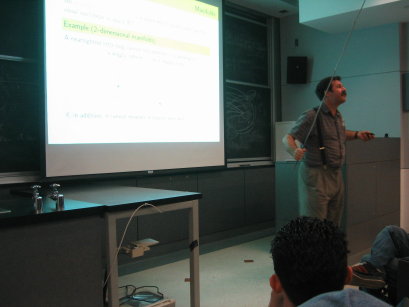Out West
Well, yesterday I handed in my grade sheets for my courses, so I’ve finished all undergraduate teaching duties for the calendar year! Time now to turn to all those things that have been piling up waiting to be done. Eventually, this will mean research, but in between there are various tasks, from writing letters of recommendation to reviewing grants, fellowship applications, and more.
Mostly, I just want to disappear for a while. Leave the planet for a bit and go walkabout, like I did last year’s holiday season. That might happen, but I have to be partly available for a little while for a number of duties. Either way, I need to get out of the old mode, and into the more contemplative one. In order to begin the resetting, I decided to hide away from campus entirely and in the afternoon visit one of my other offices… the beach.
I had some errands to run out in Santa Monica, such as picking up my boots from that great boot repair place (where I’d dropped them off to get stretched a bit… the miracle repair I told you about before had resulted in them a bit stiff and slightly tighter on the slopes, and so I thought I’d try a stretching of a few days), and so this fit well. I figured I’d just stay there until the evening.
I have a love-hate relationship with Santa Monica. It sometimes annoys me a lot, and seems to be a place that is so squeaky clean that all the flavour of real life has been drained out of it, to be replaced by mostly smugness…. but at other times, I’m very happy with it, since it has a number of gems that I like a lot.
If the truth be told, one of the main reasons that I like to go over there is the tarts. […] Click to continue reading this post


 Well, it is midnight and I am only on page 12 of the notes I am writing to present as a talk in the
Well, it is midnight and I am only on page 12 of the notes I am writing to present as a talk in the  USC has launched a Bachelor’s degree in video games. I know what you’re thinking. Stop it! No, civilisation is not doomed. (Image on right grabbed from Chip Chick). In fact, this could be rather wonderful, as it will create the opportunity to develop the potential of this medium in so many wonderful ways. It will not be about kids sitting there blowing up stuff and shooting up people. Why do I say this?
USC has launched a Bachelor’s degree in video games. I know what you’re thinking. Stop it! No, civilisation is not doomed. (Image on right grabbed from Chip Chick). In fact, this could be rather wonderful, as it will create the opportunity to develop the potential of this medium in so many wonderful ways. It will not be about kids sitting there blowing up stuff and shooting up people. Why do I say this?

